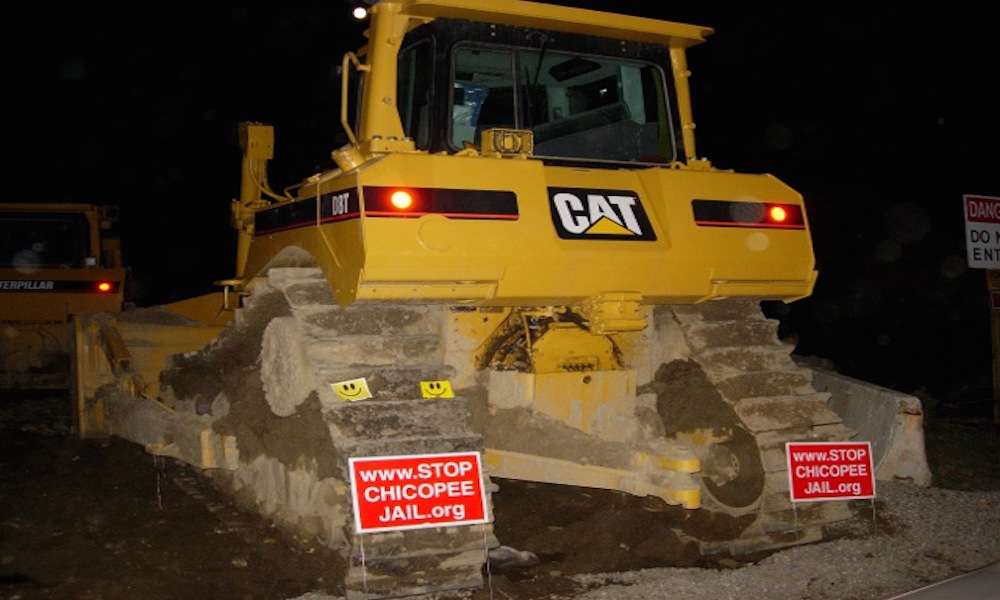Blog
Asking "What's Going on" About a Newspaper Blurb
“Two white inmates of the Indiana female prison set fire to the building because they were compelled to eat with colored inmates.” That is all that is said about a fire, racial tensions, and prison life in a column of an Indianapolis newspaper in 1892. The short blurb raises a series of questions: Were the living quarters in prison segregated by race at this time? What were the conditions these women were living in and how were they able to start a fire? Were they any casualties of this fire? What happened to the women who set the fire? What was the role of the wardens? What were the perspectives of the black women? From the short blurb, we can...
Anna Agnew: An Advocate for Insanity
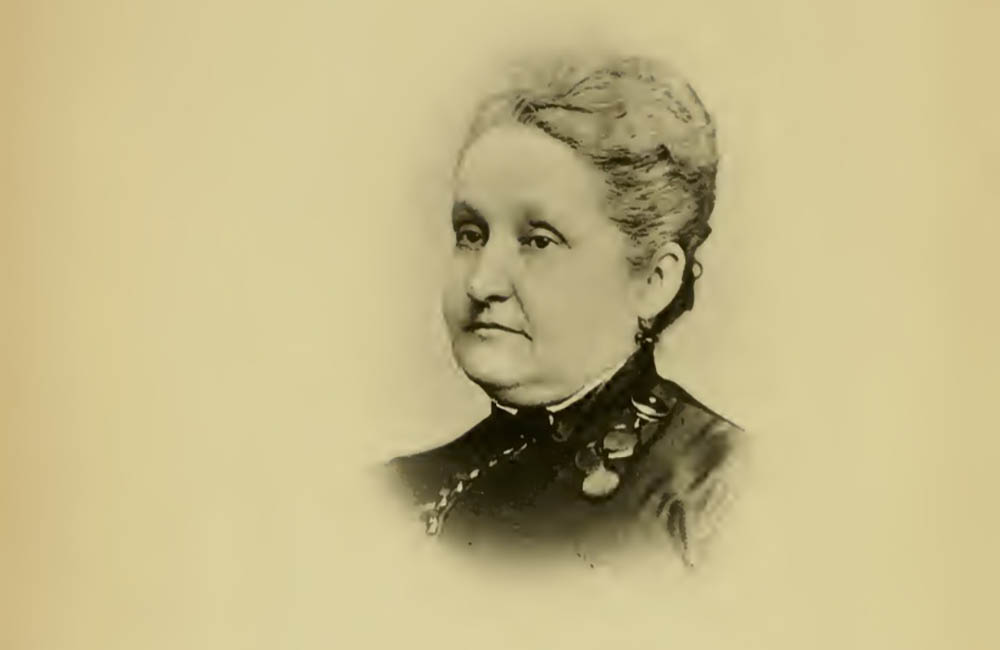
“And I do not remember the time, when opportunity suggested the trial— such as standing upon an elevation, or being upon water of sufficient depth, that I had not to exercise the utmost strength of will to control the impulse to then and there cross the invisible line, and be free from the tormenting, persistent feeling of pursuit and unrest.” Anna Agnew wrote about her time spent at Indiana Hospital for the Insane (later called Central State Hospital) in Indianapolis, Indiana in her very popular book, From Under the Cloud: or, Personal Reminiscence of Insanity (1886). At the age of 42, Anna was admitted to the hospital wards with a diagnosis of acute mania. Prior to her admission, Anna had...
SHaRC Demonstration in Chicopee, MA
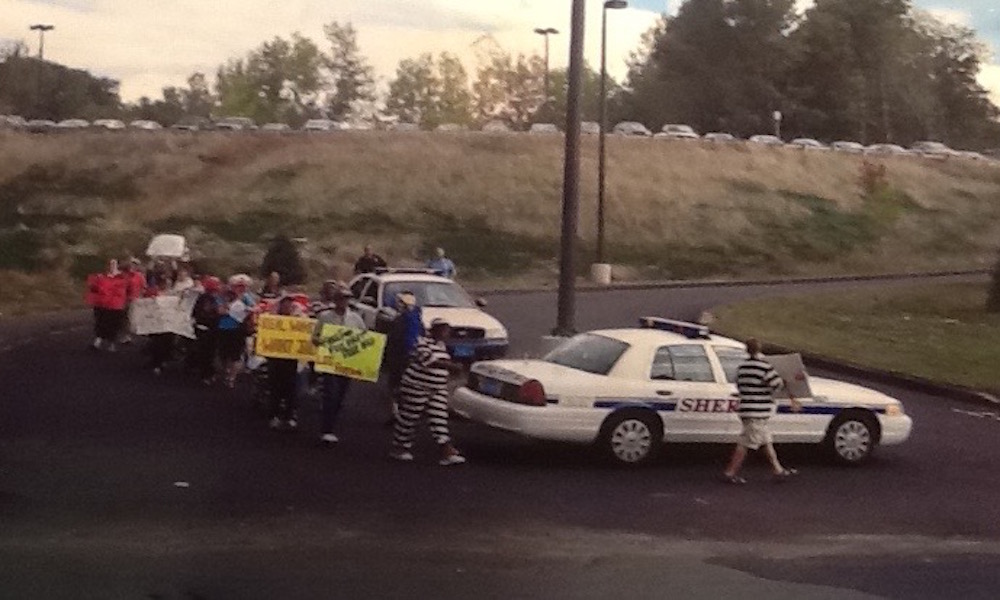
Statewide Harm Reduction Coalition (SHaRC) demonstration in Chicopee, MA. This demonstration is one of many organized by SHaRC members between 2003 and 2006 to contest the need for a new women’s prison in western MA. They organized educational events monthly, each with a theme such as “Homes not Jails” and “Healthcare not Jails.” Despite protests from SHaRC and community members, the Western Massachusetts Regional Women's Correctional Center (WMRWCC) opened in September, 2007.
"Stop Chicopee Jail"
WORTH Anti-Shackling Rally
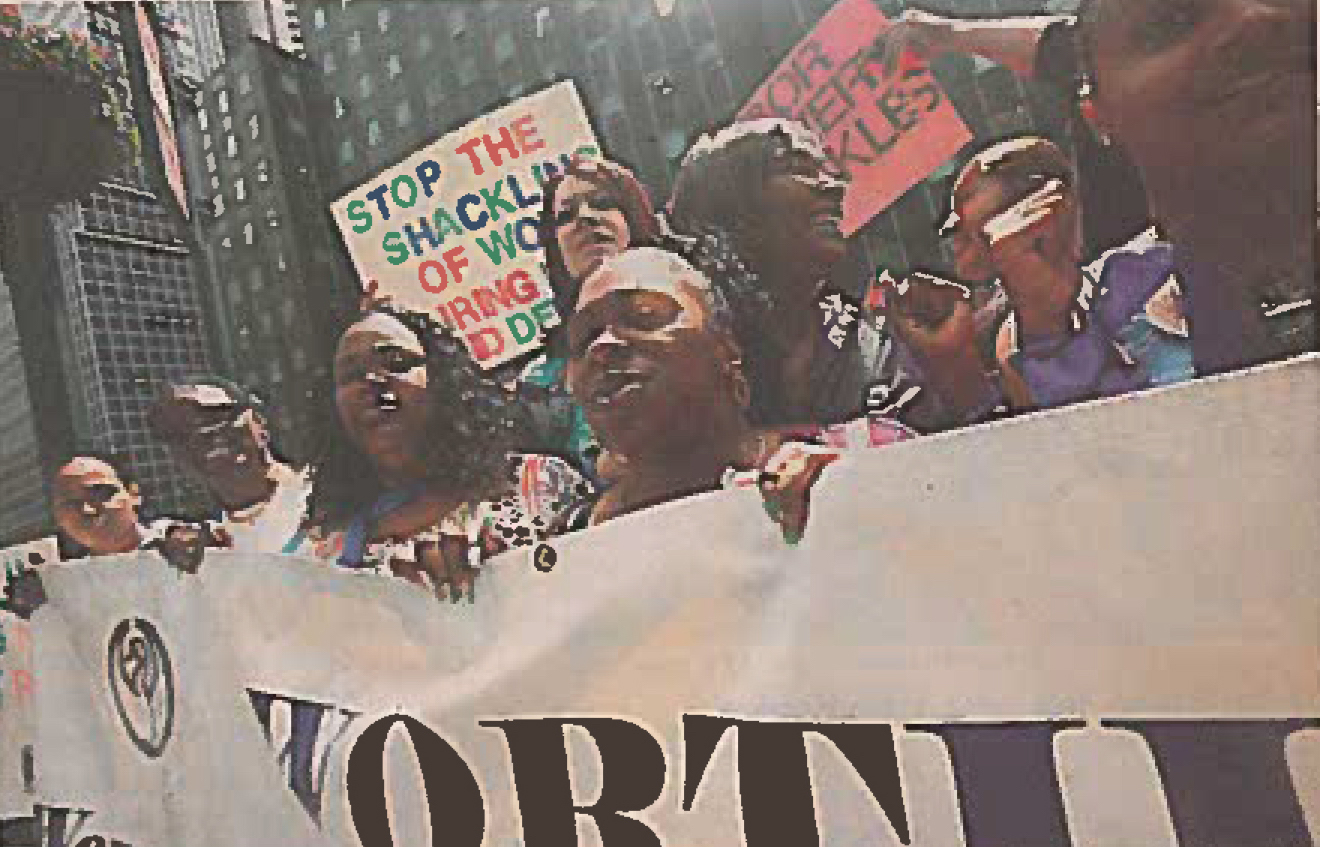
In July 2009, dozens of protesters gathered in Manhattan outside of then-governor David Paterson’s office to demand an end to the practice of shackling incarcerated women during childbirth. In May 2009, both houses of the New York State Legislature passed a bill that would bar the shackling of women during labor. At the time of the rally, the bill was being reviewed by the governor’s office. This image, depicting protesters in Manhattan, was published alongside a newspaper article that focuses on some of the experiences of formerly incarcerated women who experienced the practice of shackling during childbirth. This was one of several demonstrations that Women on the Rise Telling Her Story (WORTH) organized in 2009. At least once a week,...
Going Pink for Breast Cancer Awareness?

This October, in honor of Breast Cancer Awareness Month, all of the officers at the Greenfield Police Department changed their collar pins to pink and white pins that read “ARREST BREAST CANCER – UNLOCK THE CURE” surrounded by pink ribbon and pink handcuffs. Some officers also replaced their silver, on-duty handcuffs with pink handcuffs, to be used throughout the workday. Do you see any contradictions between a police department trying to demonstrate concern for women’s health while using tools, such as handcuffs, associated with the carceral state? Ryan Trowbridge, “ Greenfield police officers going pink for breast cancer awareness ,” Western Mass News (October 1, 2015; updated November 12, 2015).
Massachusetts Statewide Harm Reduction Coalition
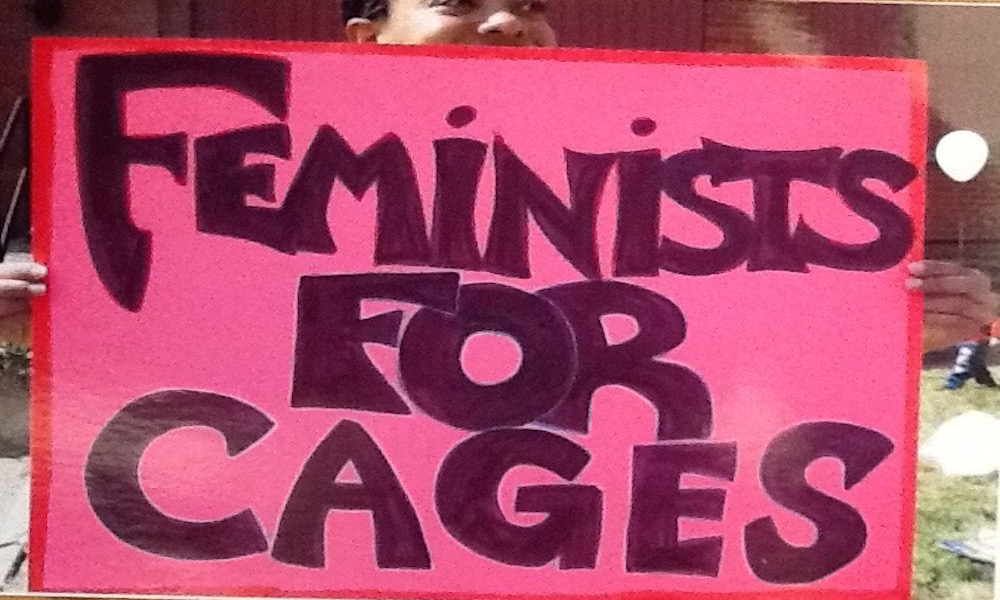
Statewide Harm Reduction Coalition (SHaRC) demonstration in Chicopee, MA (2006). A demonstrator holds a sign that reads, “feminists for cages,” which is an ironic reference to arguments that building women-specific jails would benefit women. The construction of women-specific jails and prisons has been supported by three main arguments: issues of overcrowding, proximity to family and support, and the need to provide women with “a place of their own.” In 2005, Sheriff Michael Ashe said that the facility in Chicopee would “serve the women’s population better.” SHaRC responded saying that women would be best served by remaining in their communities and having access to affordable housing, food, job opportunities, childcare, quality education, and health care. They argued that building healthy communities...
Corporatization of Prisons and Immigration Detention
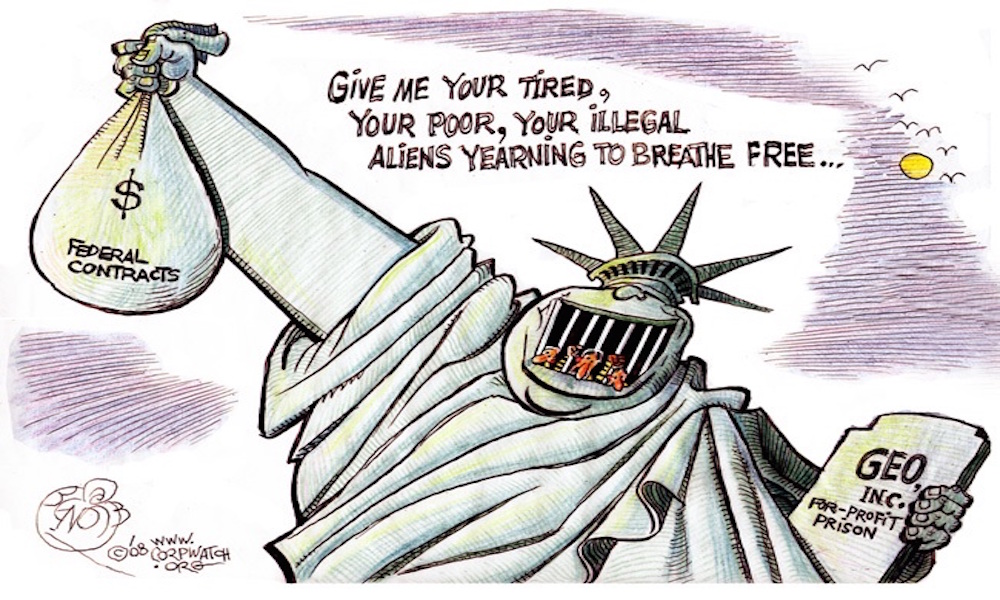
The federal prison population has spiked over 790 percent since 1980. Hundreds of jails have been constructed nation wide. With the conservative war on drugs and crime, the prison industry became a new opportunity for corporations to profit from the states. Since the early1990s corporate actors became entrenched in elections and the political process, seeking to facilitate the construction of prisons and detention facilities by developing connections and asserting influence over politicians and other policy officials.
The GEO Group and the Corrections Corporation of America (CCA) are the two largest private prison companies in the U.S. Since 2000, they have given over $835,000 combined to candidates in U.S. House and Senate races. At...
Ruth Asawa: Individuality in a Mass
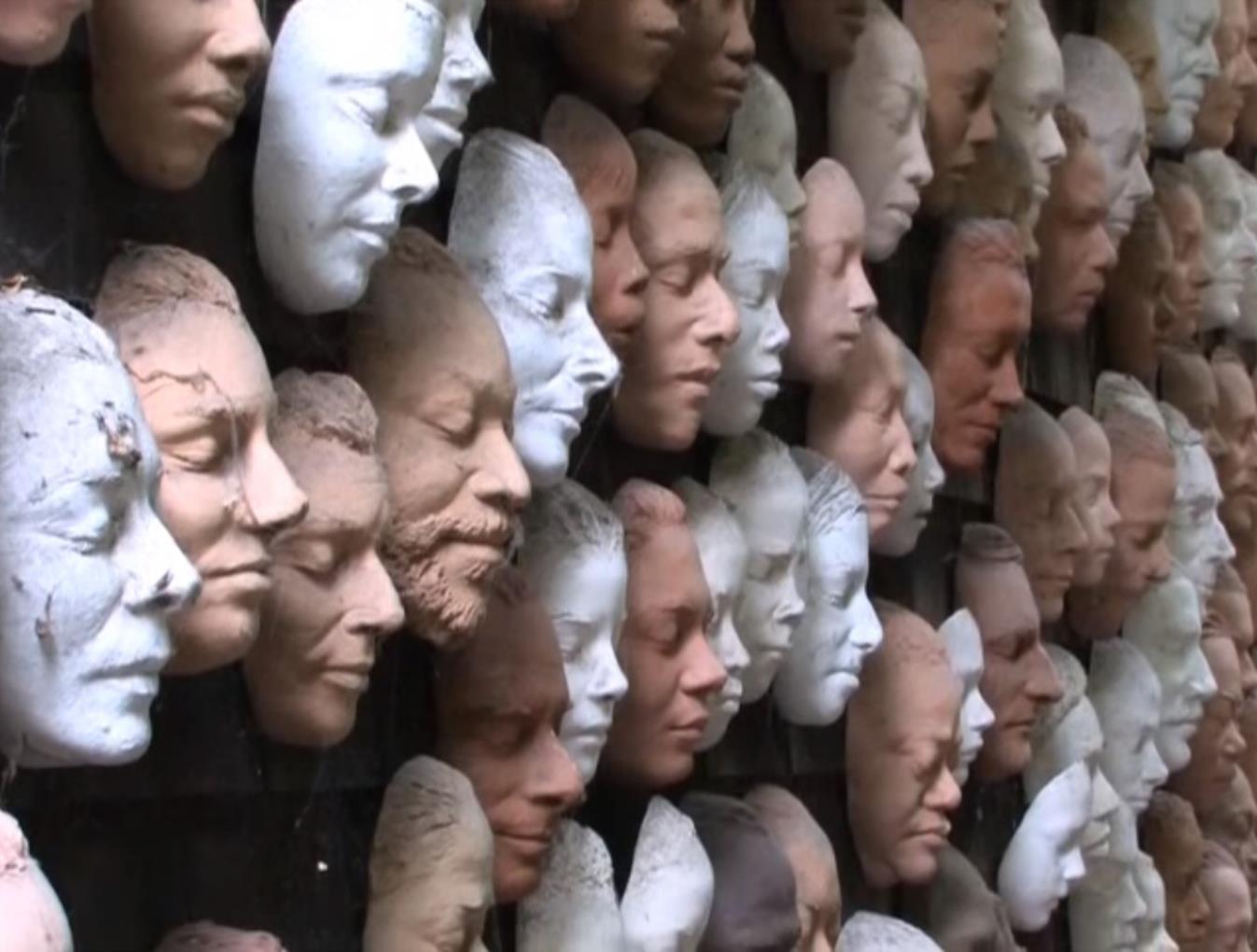
Ruth Asawa, a Japanese American artist, was born in 1926 and lived her whole life in Southern California until 1942 when she and her family were forced into an Arkansas internment camp for 18 months. Describing internment, Asawa notes, “I would not be who I am today had it not been for the Internment, and I like who I am." Asawa is well known for her sculptures. One piece, “Faces on a Wall”, has involved collecting plaster masks made from the faces of her friends and family for 45 years. Internment camps and prisons represent a system that seeks to dehumanize and amass individuals into a group—In Asawa’s case, internment sought to label all Japanese Americans as threats...
The “Unpatriotic” Muslim Facing the Patriot Act
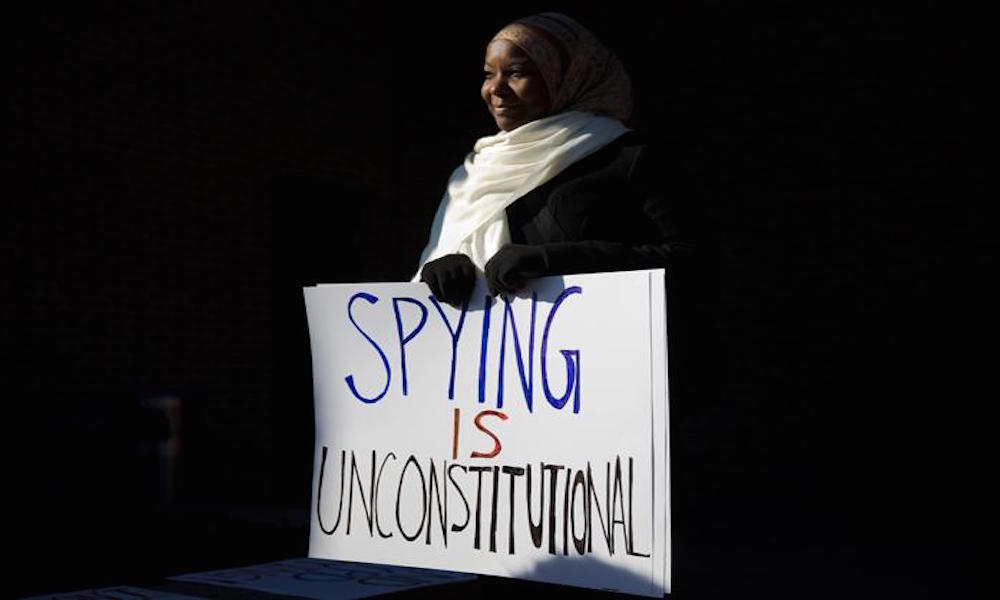
In 2003, the FBI wrongfully arrested US citizen Abdullah Kidd at Dulles international airport in Washington, DC. Over the course of his detention he was subject to strip-searches, denied access to a lawyer, and shackled without ever being charged with an actual crime. Kidd was among the thousands of Muslim, South Asian, and Arab men – citizens and non-citizens alike – who found themselves detained, deported, and scrutinized in the wake of 9/11. Abdullah Kidd is known as a “material witness”, meaning he allegedly had information pertinent to an FBI investigation on his acquaintance Sami Omar Al-Hussayen, a Saudi PhD student charged with supporting terrorism. Shortly after 9/11, the Patriot Act was passed and enacted. Although it did not create...
- ‹ previous
- 5 of 6
- next ›
